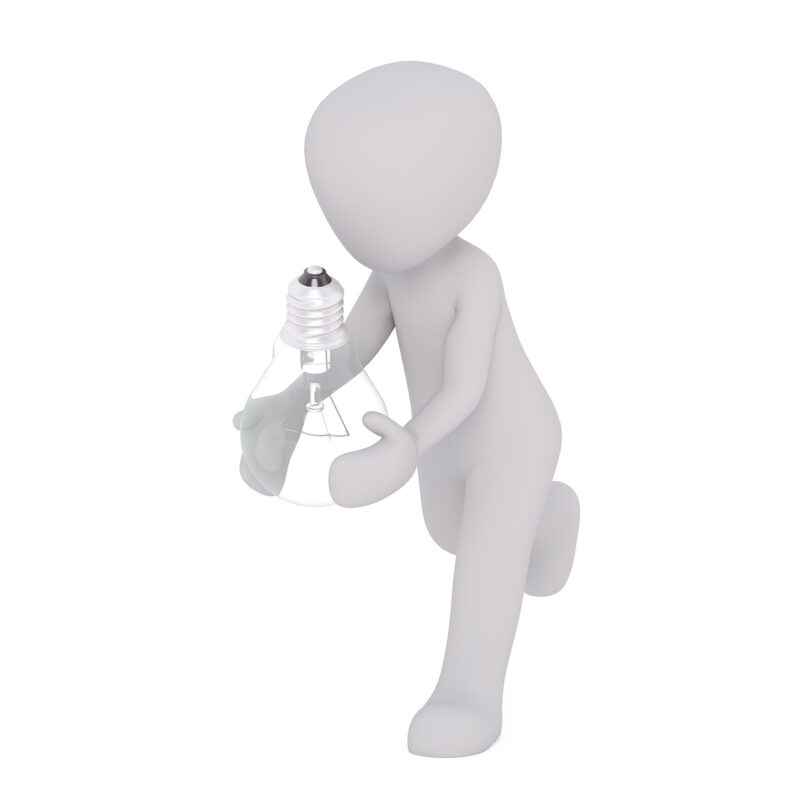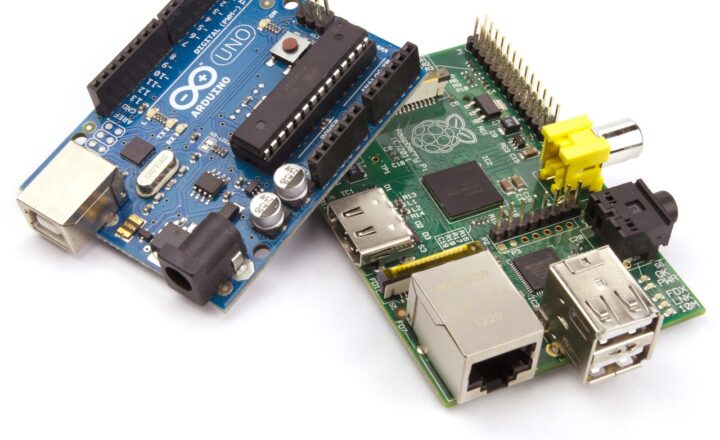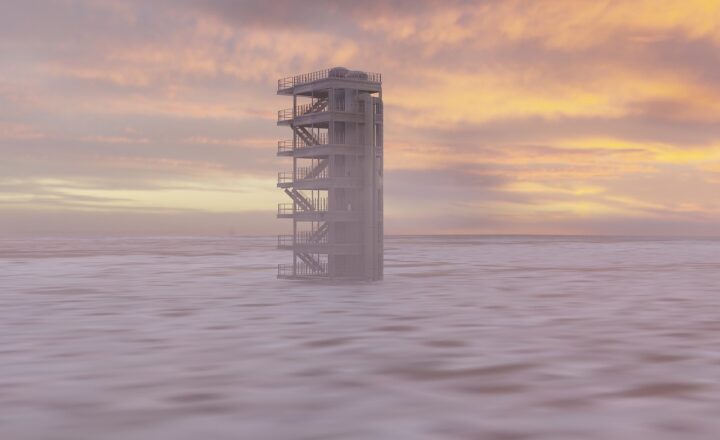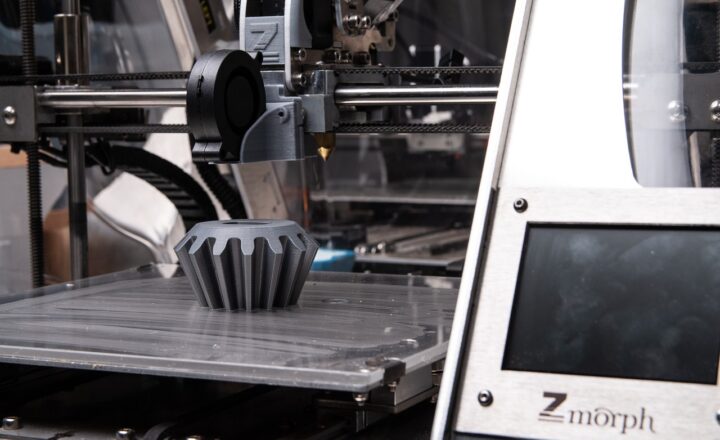How to Create Your First 3D Model: A Step-by-Step Guide for Beginners
November 13, 2024

Creating a 3D model can seem daunting for newcomers, but with the right guidance and tools, anyone can jump into the fascinating world of 3D design. Whether for game development, animation, or personal enjoyment, this guide is tailored for those taking their first steps in 3D modeling.
1. Understanding the Basics of 3D Modeling
3D modeling is the process of creating a three-dimensional representation of an object using specialized software. It involves building a virtual object in a digital space to visualize it from various angles. Before diving in, it’s essential to understand some fundamental concepts:
- Vertices, Edges, and Faces: The building blocks of 3D models. Vertices are points in space, edges are lines connecting vertices, and faces are flat surfaces made of edges.
- Topology: The arrangement of the vertices, edges, and faces that affects the model’s appearance and usability in animation or game engines.
- Texturing and Materials: Textures are images applied to 3D models to give it color and detail, while materials define the surface properties like shininess, transparency, and reflectivity.
After grasping these fundamentals, you’re ready to start modeling!
2. Choosing the Right Software
Choosing the right software is crucial for your 3D modeling journey. Here are some popular options:
- Blender: A free and open-source software that supports modeling, animation, rendering, and more. It’s beginner-friendly with a supportive community, making it a great starting point.
- Tinkercad: An online tool that’s very user-friendly, perfect for beginners. It’s ideal for those looking to create simple models quickly.
- SketchUp: Known for its ease of use in architectural modeling, SketchUp offers free and premium versions and is also beginner-friendly.
- Maya and 3ds Max: Industry-standard software but might be overwhelming for beginners. However, they are powerful tools for creating professional-grade models if you plan to advance your skills later on.
For this guide, we’ll focus on Blender due to its versatility and extensive online resources.
3. Setting Up Blender
To get started, download and install Blender from the official website. Once installed, launch it, and you’ll be greeted with the default layout.
Initial Setup:
1. Familiarize Yourself with the Interface: Take some time to explore the layout. The 3D viewport is in the center, with additional panels for properties, outliner, and timeline.
2. The Basics of Navigation: Learn how to navigate the 3D space:
– Use the middle mouse button to rotate,
– Scroll to zoom,
– Shift + middle mouse button to pan.
3. Clearing the Default Scene: By default, you’ll see a cube, a camera, and a light. You can delete them by selecting (right-click) and pressing the X key.
4. Creating Your First 3D Model
Let’s create a simple 3D model—a coffee cup:
- Step 1: Adding a Cylinder
– Press Shift + A to bring up the Add menu, then select Mesh > Cylinder. This will be the main body of your cup. - Step 2: Scaling the Cylinder
– Press Tab to enter Edit Mode. Select all vertices (press A) and then scale down the top face by pressing S and moving your mouse inward. This creates the lip of the cup. - Step 3: Adding the Handle
– Press Shift + A again, and choose Mesh > Torus. Scale it down and position it next to the cylinder. In Edit Mode, select appropriate vertices and manipulate them to form a handle shape. Combine the two objects using the Boolean Modifier to make them one object if desired. - Step 4: Smoothing the Model
– While in Edit Mode, select all faces and right-click to select Shade Smooth for a polished look. You can also add a Subdivision Surface modifier for even more smoothness. - Step 5: Texturing Your Cup
– Switch to the Material Properties tab and create a new material. Adjust colors and other properties as desired, applying a texture image if you have one to give your cup a more realistic look.
Congratulations! You’ve just created your first 3D model.
5. Rendering the Model
Once you’re satisfied with your model:
1. Set the Scene: Position the camera to frame the cup nicely. Use the camera view (Numpad 0) to see how it appears.
2. Lighting: Add more lights by pressing Shift + A and selecting Light. Experiment with light types for best effects.
3. Render Settings: Go to the Render tab, set the resolution and output format (e.g., PNG). Press F12 to render your image, view the results, and save it!
6. Saving and Exporting your Model
To save your work, go to File > Save As… and choose a location. To export the model for 3D printing or use in other programs seamlessly, use File > Export, choosing a suitable format like OBJ or FBX.
Conclusion
3D modeling opens up countless opportunities for creativity and expression. With this simple guide, you’ve laid the groundwork for your journey into 3D design. Remember, practice is key, and there’s a wealth of tutorial resources available online to help you advance your skills. Happy modeling!





